Fine Beautiful Tips About How To Build Resilience In Children

Children are naturally curious, inquisitive and creative.
How to build resilience in children. When appropriate, let your child experience the outcome of his or her. Building resilience in children and teens takes time and patience. Telling kids it’s not so bad or that they.
Dealing with difficulty or disappointment isn’t fun. Coping skills are essential for nurturing resilience in children. 3) teach children about the brain.
With the strategies above and a lot of practice, you’ll start to see a more resilient child. In their book childhood trauma and resilience: Children build resilience by having some tools and support, but they also learn like the rest of us — through experience.
Understanding how the brain works empower children to see the brain as a muscle that can grow and develop over time. Coping skills such as stress reduction and social skills allow children to be prepared to overcome any challenges they face. Coping skills such as stress reduction and social skills allow children to be prepared to.
At school, break down large assignments. If they are playing with an adult (especially one who lets the child direct the play), they are also building a relationship. To build resilience in children, make sure that they.
Reframing is an essential part of building resilience in children because it can be applied across various life circumstances. The centers for disease control (cdc) has identified the presence of safe, stable, and nurturing adults as the most important protective factor for children and young people in the face of. Breathing exercises and body work (yoga, stretching).


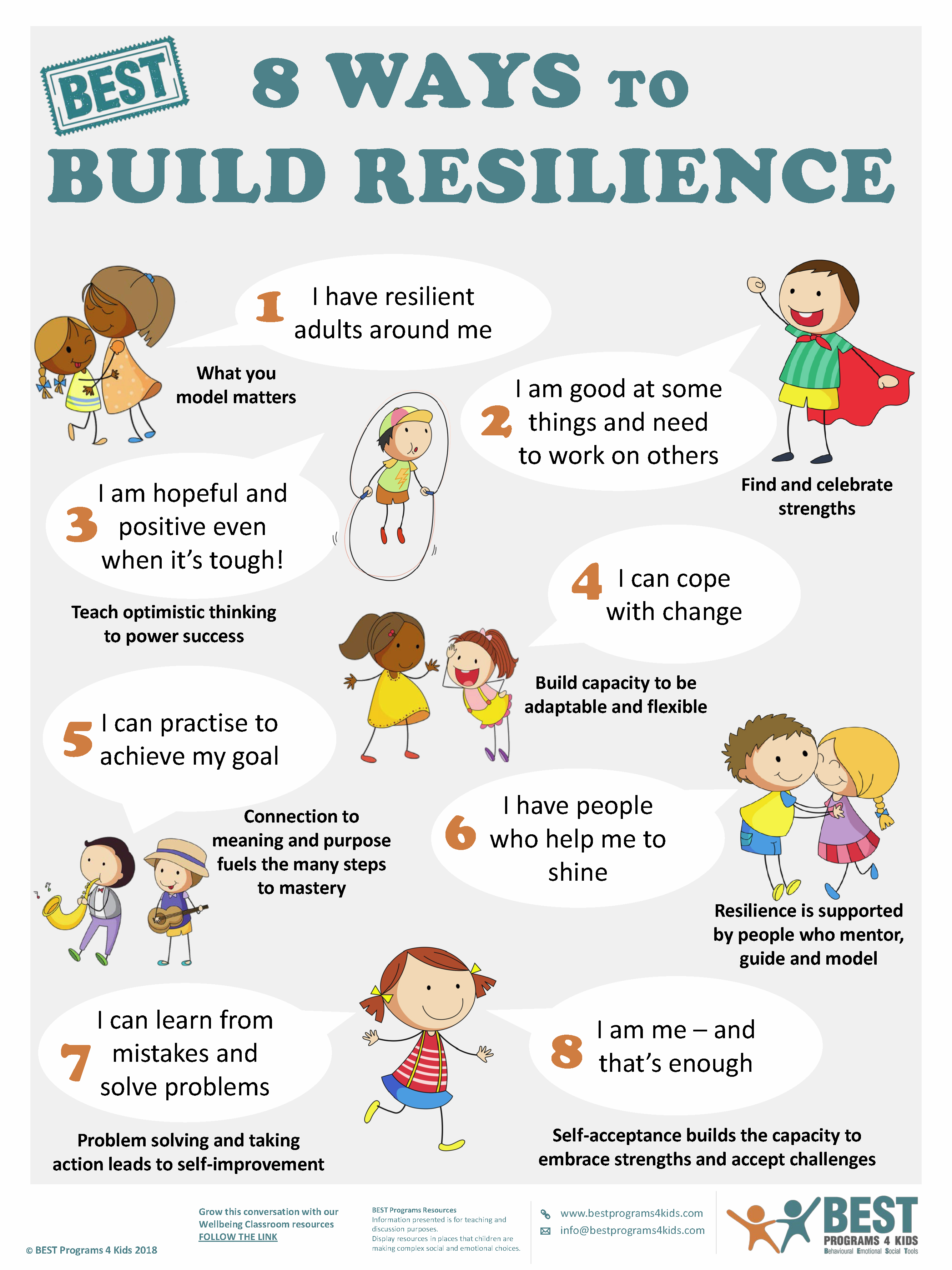

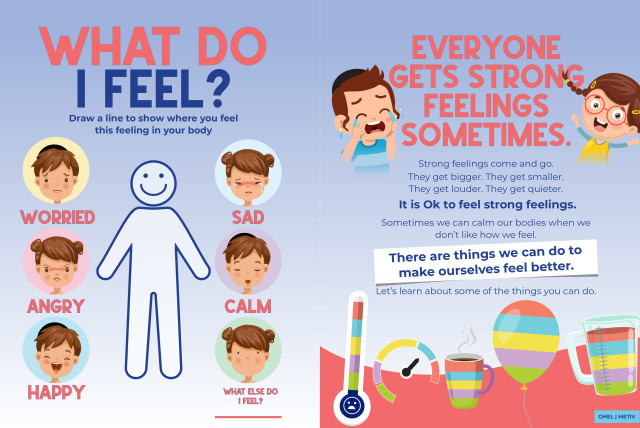

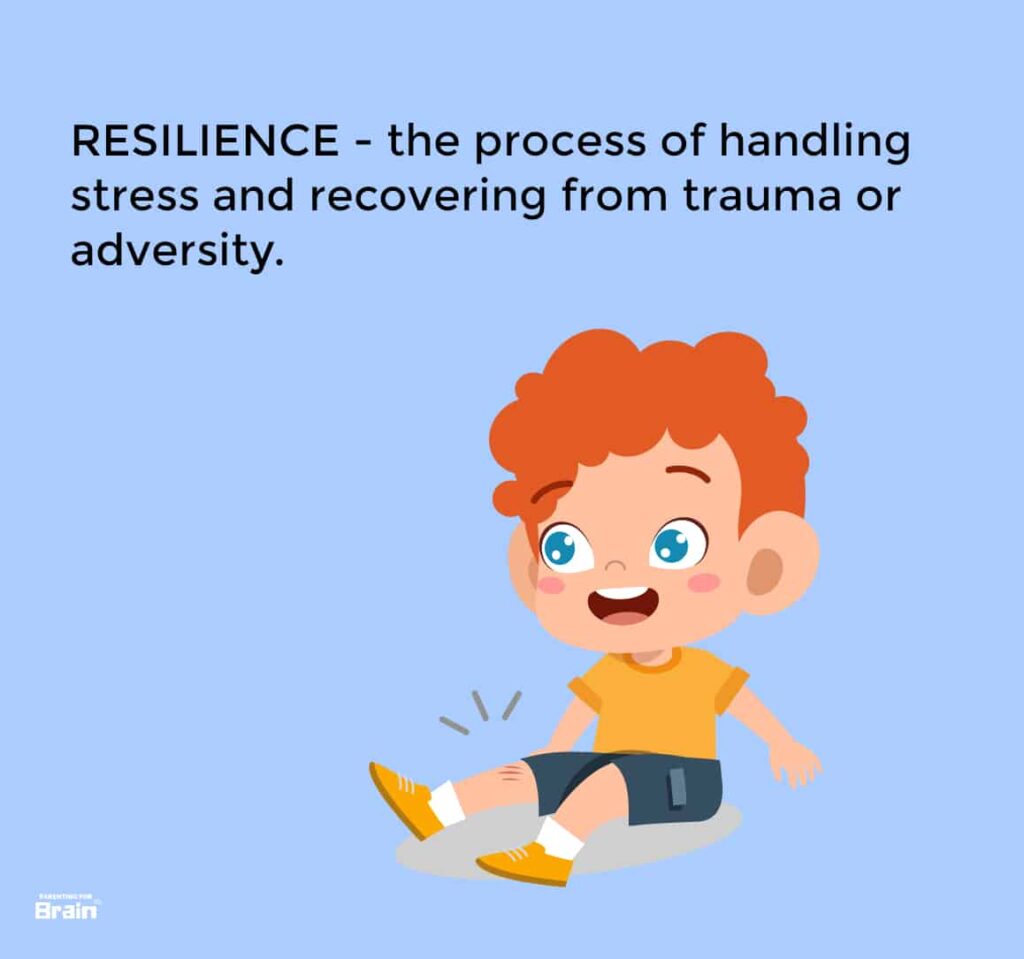



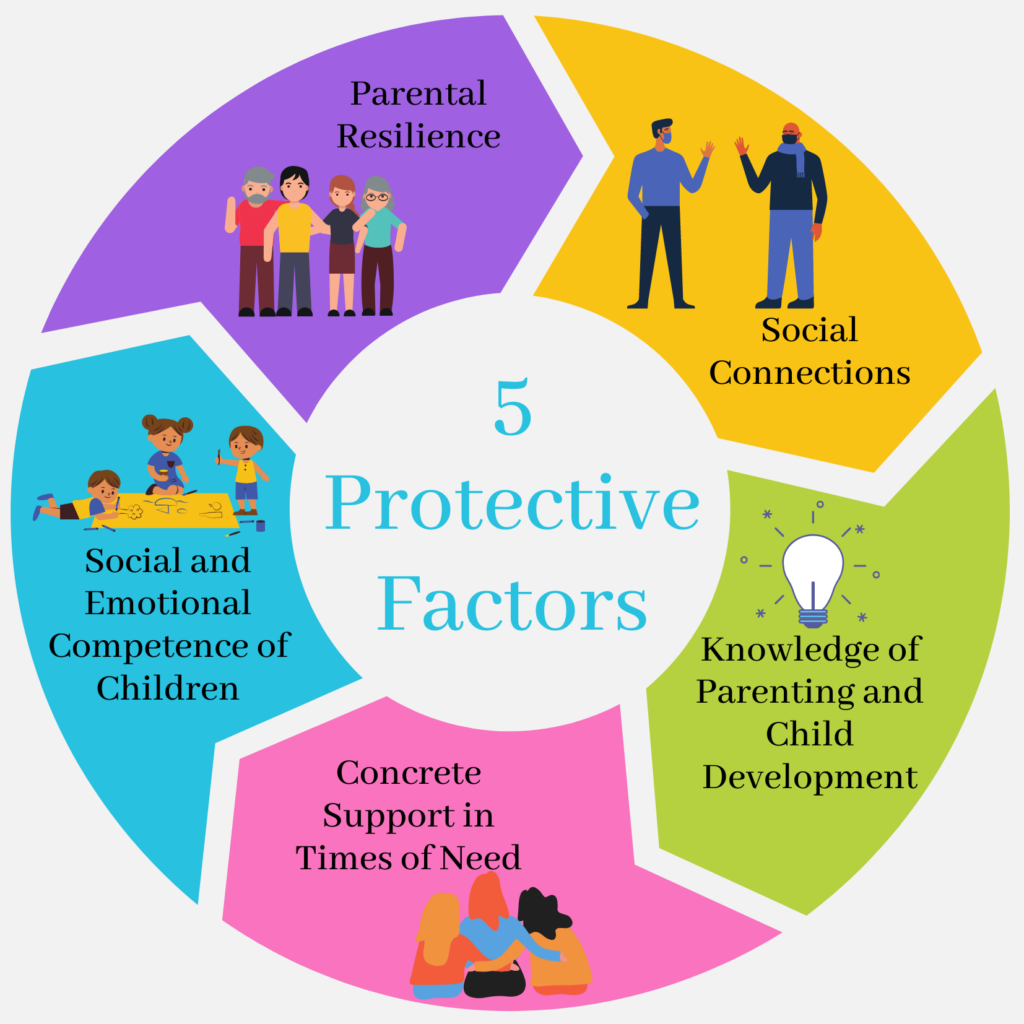


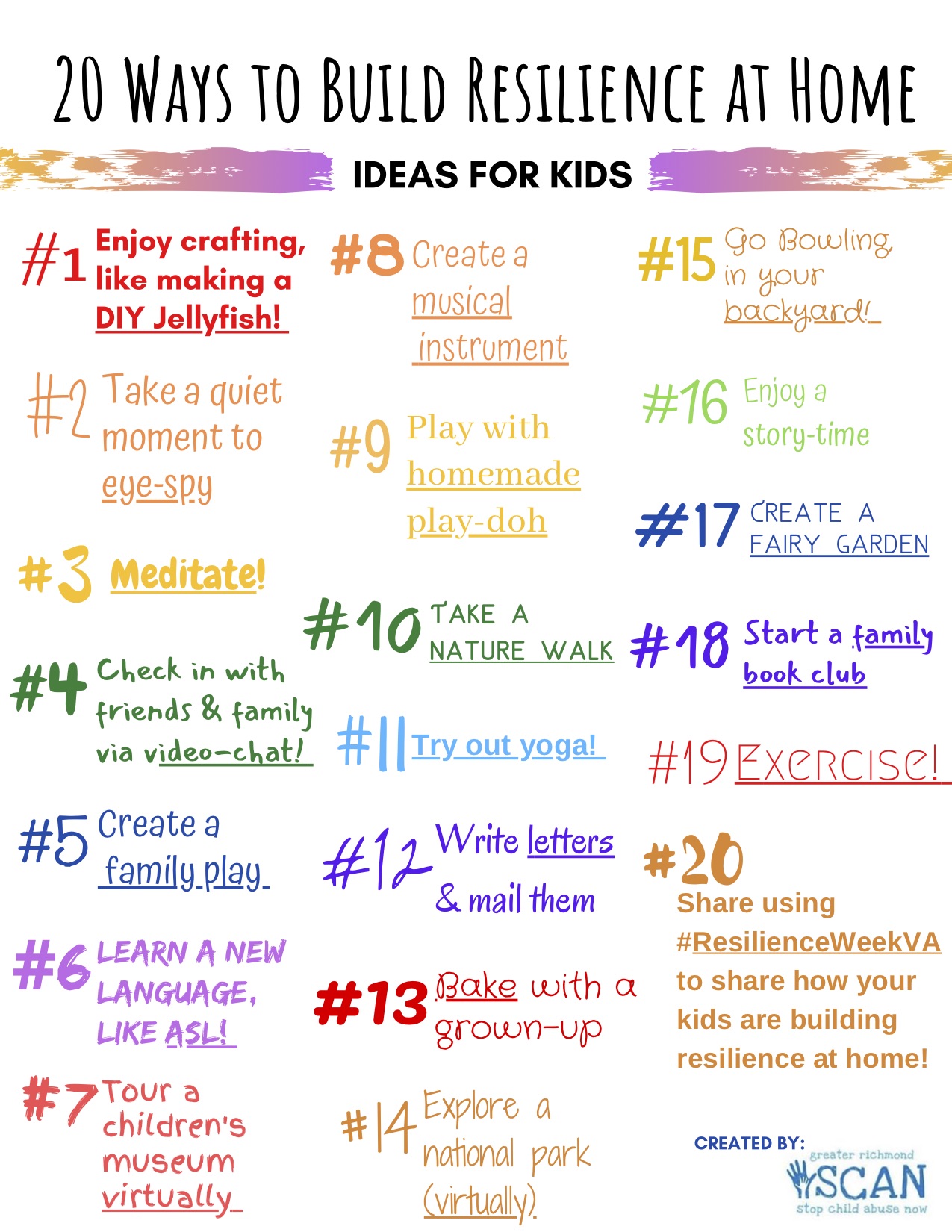


![Building Resilience In Children And Teens, 4Th Edition [Paperback] - Aap](https://shop.aap.org/globalassets/inriver/resources/8983-CB0118_Paperback_Product.png)

